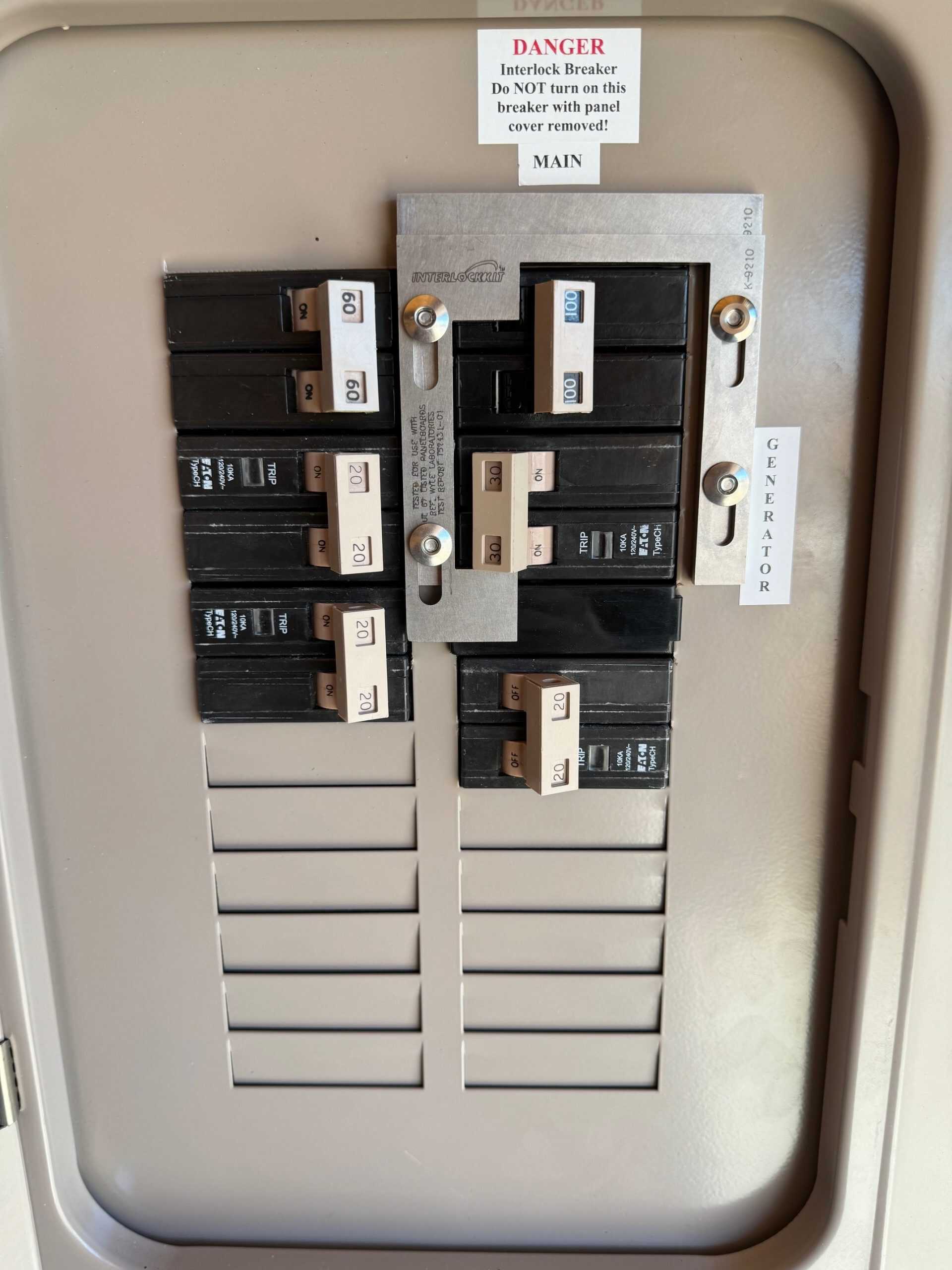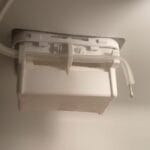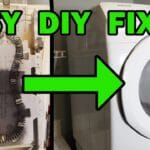Imagine a storm rolls in and the power goes out. You’re left in the dark, wondering how you’ll keep your home running smoothly.
This is where backup power solutions like interlocks and transfer switches come into play. But how do you choose between them? Understanding the difference can save you time, money, and stress when you need it most. This article will guide you through the ins and outs of interlocks and transfer switches, helping you make the best decision for your home’s energy needs.
With insights into functionality, cost, and convenience, you’ll be equipped to choose the right solution that ensures your peace of mind during any power outage. Dive in, and empower yourself with the knowledge you need to keep your home lit and lively, no matter what Mother Nature throws your way.
Interlock Systems
Interlock systems and transfer switches both help manage power sources. Interlock systems are cost-effective and simple. Transfer switches offer more automation and safety. Understanding their differences ensures better power management for your home.
When thinking about backup power solutions for your home, interlock systems often come up as a reliable option. They offer a seamless way to connect a generator to your home’s electrical system without the need for a separate transfer switch. This can be a game-changer, especially if you’re looking for simplicity and efficiency. But how do these systems really work, and are they the right choice for your needs?Functionality And Design
Interlock systems are designed to be installed directly onto the main electrical panel. They enable you to manually switch between utility power and generator power with ease. By using a sliding mechanism, the interlock ensures that both power sources can never operate simultaneously, preventing any dangerous back-feeding into the grid. The installation process is straightforward, often requiring just a few tools and basic electrical knowledge.Benefits Of Interlock
One of the biggest advantages is cost-effectiveness. Interlock systems are generally more affordable than transfer switches. They also provide flexibility, allowing you to choose which circuits to power during an outage. Imagine being able to power your fridge, lights, and even your Wi-Fi without overloading your generator. This flexibility makes interlocks a practical choice for many homeowners.Limitations To Consider
However, there are limitations. Interlocks require manual operation, which means you need to be present to switch to generator power. This might not be ideal during unexpected outages when you’re not home. Additionally, installation might not be suitable for all types of electrical panels. It’s crucial to ensure compatibility before purchase. Have you checked if your panel is interlock-ready? In evaluating whether an interlock system is suitable for you, consider both its benefits and limitations. It could be the perfect solution for those who value simplicity and cost-effectiveness, but not without understanding the manual intervention it demands.
Credit: www.youtube.com
Transfer Switches
Transfer switches are essential components in a backup power system, ensuring a seamless transition from grid power to generator power during outages. They automatically detect when power from the utility grid is interrupted and switch the electrical load to a backup generator. This automatic process not only keeps your lights on but also protects sensitive equipment from power fluctuations.
Types Of Transfer Switches
Transfer switches come in various types to suit different needs. Manual transfer switches require you to physically flip a switch to activate the generator. They are simple and cost-effective but demand your presence during a power outage.
On the other hand, automatic transfer switches (ATS) offer convenience and reliability. They detect power outages and automatically switch to generator power. This type is ideal for homes and businesses where continuous power is crucial.
There are also load transfer switches that manage specific circuits or appliances. They ensure that only essential systems are powered during an outage, optimizing generator usage.
Advantages Of Transfer Switches
Transfer switches provide numerous benefits. They offer peace of mind by ensuring that your home or business remains powered during outages without manual intervention.
They also protect your electrical appliances by preventing overloads and surges, which can occur if you manually connect a generator. This is crucial for safeguarding expensive electronics and appliances.
Moreover, automatic transfer switches allow for efficient energy management. They can be programmed to prioritize critical systems, ensuring that essential operations continue without interruption.
Potential Drawbacks
Despite their advantages, transfer switches come with a few drawbacks. They can be costly, particularly automatic transfer switches, which require professional installation.
Maintenance is another consideration. Regular checks are necessary to ensure that the switch operates correctly during outages. This might add to your overall maintenance tasks.
Another potential issue is the complexity of installation. It requires expertise, and improper installation can lead to inefficiencies or even hazards. Would you feel confident installing one yourself, or would you prefer professional help?
Transfer switches offer a reliable solution for managing backup power. As you weigh the pros and cons, consider your specific needs and resources. Making an informed choice ensures you won’t be left in the dark during a power outage.
Comparing Interlock And Transfer Switch
Deciding between an interlock and a transfer switch can be challenging. Both options offer unique benefits for connecting a generator to your home. Understanding the differences helps you make an informed choice.
Cost Analysis
Interlocks are often less expensive than transfer switches. They require fewer components. Transfer switches can be costly due to their complex design. Considering installation and maintenance, interlocks usually save money. Long-term expenses might favor interlocks, especially for budget-conscious homeowners.
Ease Of Installation
Installing an interlock system is generally simpler. It involves fewer steps. Transfer switches demand more intricate wiring. Professional installation might be necessary. This increases the complexity and costs. Interlocks can be a DIY project for some. Transfer switches often need expert help.
Reliability And Safety
Interlocks ensure manual control. They offer reliable protection from back-feeding. Transfer switches provide automatic switching. This adds convenience but requires more maintenance. Safety is paramount in either choice. Proper installation guarantees protection and peace of mind.

Credit: interlockkit.com
Factors Influencing Choice
Choosing between an interlock and a transfer switch involves several considerations. Each option has its own advantages. Understanding what influences this choice helps make a better decision. Below are three key factors to consider.
Home Power Needs
Assess your home’s power requirements. An interlock allows selective use of circuits. It is suitable for homes with moderate power needs. A transfer switch can handle more circuits. It is ideal for homes with high power demand. Evaluate which option best suits your energy usage.
Budget Constraints
Budget is a crucial factor. Interlock kits are generally more affordable. They provide basic functionality at a lower cost. Transfer switches cost more but offer advanced features. Consider your budget and the value you seek.
Local Regulations
Regulations vary by location. Some areas have strict rules on electrical systems. Check local codes before deciding. An interlock may not meet all regulatory requirements. A transfer switch often complies with more regulations. Ensure your choice aligns with local laws.
Expert Recommendations
Understanding the right choice between an interlock and a transfer switch can be challenging. Experts often provide insights to simplify this decision. They consider factors like budget, convenience, and safety. Each option has unique benefits and limitations. Knowing the right situations for each can help you make the best decision.
When To Choose Interlock
Interlocks are a cost-effective solution. Ideal for homes with budget constraints. They are easy to install and maintain. Interlocks allow you to use existing circuits. This makes them perfect for small to medium-sized homes. If you need a simple backup power solution, consider an interlock. They work well for those with basic power needs. Safety is ensured with proper installation.
Ideal Situations For Transfer Switch
Transfer switches provide seamless power transfer. They are best for larger homes or businesses. You can choose between manual or automatic types. Automatic switches offer convenience during power outages. They are great for properties with frequent power loss. Transfer switches support higher power loads. They ensure critical appliances stay operational. This makes them suitable for essential services or large equipment.
Installation And Maintenance
When it comes to choosing between an interlock system and a transfer switch for your home, understanding the intricacies of installation and maintenance is crucial. These systems ensure your home stays powered during outages, but each has its unique installation process and maintenance requirements. Knowing what these entail can save you headaches and ensure your backup power system functions flawlessly.
Professional Installation
Installing an interlock system or a transfer switch is not a DIY project. Both require a professional electrician to ensure safety and compliance with local codes. A professional will assess your electrical panel and determine the best system for your home’s needs.
While I once thought I could handle the installation myself, I quickly realized the complexity involved. Hiring a professional not only saved me time but also provided peace of mind. It’s essential to consider the potential risks and ensure that your installation is done right the first time.
Regular Maintenance Tips
Maintaining your interlock or transfer switch system is simpler than the installation. Regular checks ensure everything operates smoothly when needed. Start by scheduling a bi-annual inspection with your electrician to catch any potential issues early.
You can also perform basic checks yourself. Ensure that the switches move freely and that there are no signs of wear or damage. Keep an eye out for any unusual noises or smells when the system is operational.
Have you ever considered what happens if your system fails during an outage? Regular maintenance can prevent this nightmare scenario. By staying proactive, you ensure that your backup power system is ready to perform when you need it most.
Future Trends
The future of interlock and transfer switch technology holds exciting prospects. As energy demands rise, these tools are evolving. They aim to enhance efficiency and sustainability. Staying informed on future trends is crucial for users and stakeholders.
Technological Advancements
Innovations in technology continue to reshape interlock and transfer switch designs. Modern systems integrate smart technology for better user control. Automated systems allow seamless power transitions. This enhances reliability during outages. Cloud-based management provides remote access to these systems. This flexibility ensures timely interventions when needed.
Moreover, advancements in materials make these devices more durable. Enhanced durability reduces maintenance costs. It ensures longer lifespans for both interlocks and transfer switches. Compact designs are also emerging. This saves space and offers better integration with current infrastructure.
Environmental Considerations
Environmental concerns influence the future of power management tools. Manufacturers prioritize eco-friendly solutions. Green technology integration reduces carbon footprints. This aligns with global sustainability goals.
Renewable energy sources are becoming essential. Interlocks and transfer switches now accommodate solar and wind inputs. This integration supports sustainable energy transitions. Energy-efficient designs minimize waste during power transfers. This ensures optimal resource utilization.
Regulatory standards push for environmentally responsible practices. These standards shape the development of future technologies. Compliance ensures that these devices contribute to a healthier planet. The focus on sustainability is evident in evolving designs.

Credit: blog.ecoflow.com
Frequently Asked Questions
What Is An Interlock Switch?
An interlock switch connects a generator to a home’s electrical panel. It prevents back-feeding into the grid.
How Does A Transfer Switch Work?
A transfer switch isolates a home’s electrical circuits. It safely transfers power from the main grid to a generator.
Which Is Safer: Interlock Or Transfer Switch?
Transfer switches are generally considered safer. They provide a more reliable and straightforward method of power transfer.
Are Interlock Switches Legal Everywhere?
Not always. Some areas have specific regulations. Check local codes before installation to ensure compliance.
Can I Install An Interlock Switch Myself?
It’s not recommended. Professional installation ensures safety and compliance with local electrical codes.
Conclusion
Choosing between interlock and transfer switch depends on your needs. Both options ensure safety. Interlocks are cost-effective and simple. Transfer switches offer more convenience and automatic switching. Consider your budget and power requirements. Think about ease of installation and usage.
Consult with professionals if uncertain. Evaluate your home’s electrical system. It’s crucial for safety and efficiency. Make an informed decision. Enjoy peace of mind during power outages. Reliable backup power can be a lifesaver. Stay prepared and keep your home running smoothly.




